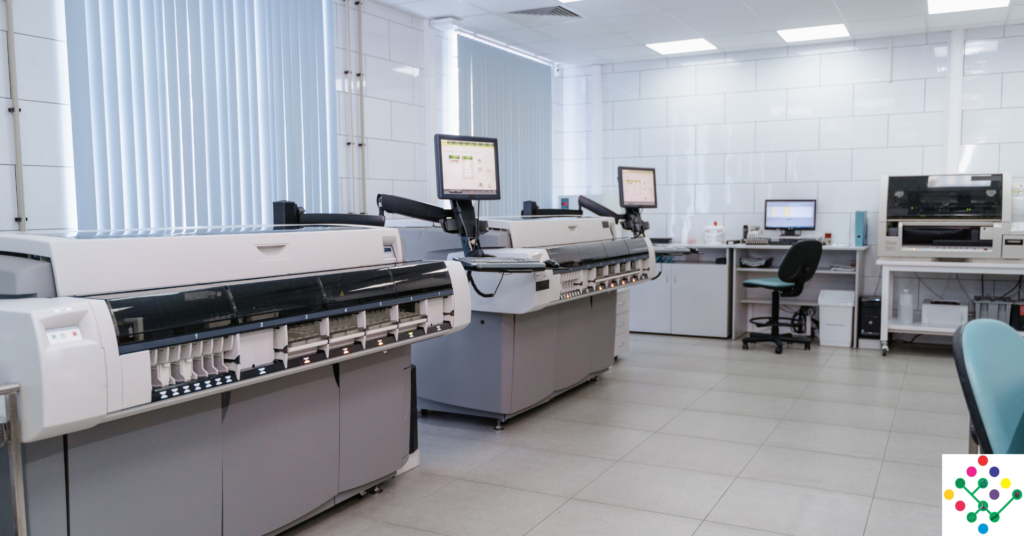Investing in scientific equipment is expensive. This is the main cause of errors made by purchasers, who frequently wind up spending more or making regrettable purchases. This post discusses the features of a stability chamber and conditions in which it works to help you understand better.
In order to replicate various environmental conditions, a stability chamber is a tool that only changes two specific parameters programmatically. As a result, the pharmaceutical industry makes considerable use of stability chambers when testing medications and therapies to determine both the basic shelf-life of the aforementioned items as well as their resilience to environmental changes. According to the specific testing requirements, the stability chamber may be split into environmental chambers, temperature-humidity chambers, accelerated test chambers, photo stability chambers, and cold chambers.
Construction
Transparent Glass doors and light-filled interiors
Stainless steel and G.I powder coating
The inside insulated chamber is made with a dull surface or steel with mirror
Heavy duty door hinges and locks are used to ensure reliable and consistent seal
Relative Features
The relative humidity (RH) theory underlies how the stability chamber operates. The Stability chambers are made to mimic real environments or construct artificial ones. So you may subject the product to any environmental circumstance as desired.
You may be confident that the stability chamber upholds the performance standard for producing the finest possible product, which meets the standards set by all regulatory bodies.
Stability chambers assist to assure consumer safety by ensuring that consumable goods on the market keep their quality regardless of the environment, which ultimately benefits the brand’s commitment to its customers.
Condition of a Stability Chamber
A precision testing tool with incredibly tight tolerances is called a stability chamber. The interior temperature of the chamber should not vary by more than 2 to 3 degrees Celsius, and neither should the humidity, which should not vary by more than 5% in any direction. Photochemical stability to stability chambers for sample evaluation should provide more than 200 watts of UV radiation and 1.2 million lux hours of visible light.
Flexible, space-saving stability chambers
For the stability test to produce accurate findings, a steady environment must be maintained. Even little external influences might have an impact on the results. Our stability chamber is designed specifically for stress tests and operates without a water supply. Due to their comparatively big chambers rather than deep ones, they also occupy less space. Stability chambers for stress testing have a temperature range of -10 to 100 degrees Celsius, with maximal stability being guaranteed at a temperature of roughly 85 degrees Celsius and a relative humidity of 85%. The ideal choice is BINDER climatic chambers, especially for the packaging, plastics, and automotive industries.
To get your hands on an authentic stability chamber, connect with a reputed supplier like IGene Labserve. To learn more about the product, go to their official website at https://www.igenels.com/ or call 09310696848.

